The Complete Guide to Garden Planter Boxes: Types, Ideas, and Benefits
Garden planter boxes have surged in popularity for both novice and seasoned gardeners due to their versatility, aesthetic appeal, and practicality. Whether you have a sprawling backyard or a compact balcony, garden planter boxes provide a solution to create lush greenery in any space. They offer the flexibility to grow a variety of plants, from flowers to vegetables, while providing optimal control over soil, water, and sunlight. In this guide, we will dive into the details of garden planter boxes, explore their benefits, types, creative uses, and answer some common questions.
Benefits of a Garden Planter Box
The benefits of using a garden planter box extend beyond just aesthetics. Whether you’re gardening in a limited urban space or want to keep your plants elevated for easier access, garden planter boxes provide multiple functional advantages:
- Control Over Soil Quality:
Garden planter boxes allow you to fill them with high-quality soil specifically tailored to the plants you want to grow. In-ground gardening often relies on native soil, which might not be ideal for every type of plant. With a planter box, you can adjust the soil composition to ensure optimal nutrients and drainage for your plants. This is particularly beneficial if you are growing vegetables or flowers that require specific soil conditions. - Improved Drainage:
Proper drainage is crucial for plant health. Garden planter boxes typically include drainage holes, which prevent waterlogging and root rot by allowing excess water to escape. In contrast, ground soil may become compacted, leading to poor drainage. Planter boxes enable better aeration, ensuring that your plants’ roots receive the oxygen they need. - Pest and Weed Control:
Keeping plants elevated off the ground in a planter box can significantly reduce the risk of pests and weeds. Ground-level gardens are more susceptible to insect infestations, and weeds can easily spread. With a planter box, it is easier to spot and manage any weed growth, and the elevation naturally deters many common pests, like slugs and snails. - Space Optimization:
One of the biggest advantages of garden planter boxes is their ability to maximize gardening space. For urban dwellers with small patios, balconies, or windowsills, planter boxes provide an opportunity to create lush gardens in limited areas. By selecting boxes that fit your space, you can make efficient use of every inch, even vertically, by stacking planter boxes or using wall-mounted boxes. - Accessibility:
Raised garden planter boxes make gardening more accessible, especially for individuals with mobility issues or back problems. By elevating the planting area, it reduces the need for bending, kneeling, or crouching, making gardening easier and more enjoyable.
Types of Garden Planter Boxes
When choosing the right garden planter box, the material is a critical consideration. Each type of material offers different benefits and suits different gardening styles. Here’s an in-depth look at the most common materials used for garden planter boxes:
Wooden Planter Boxes
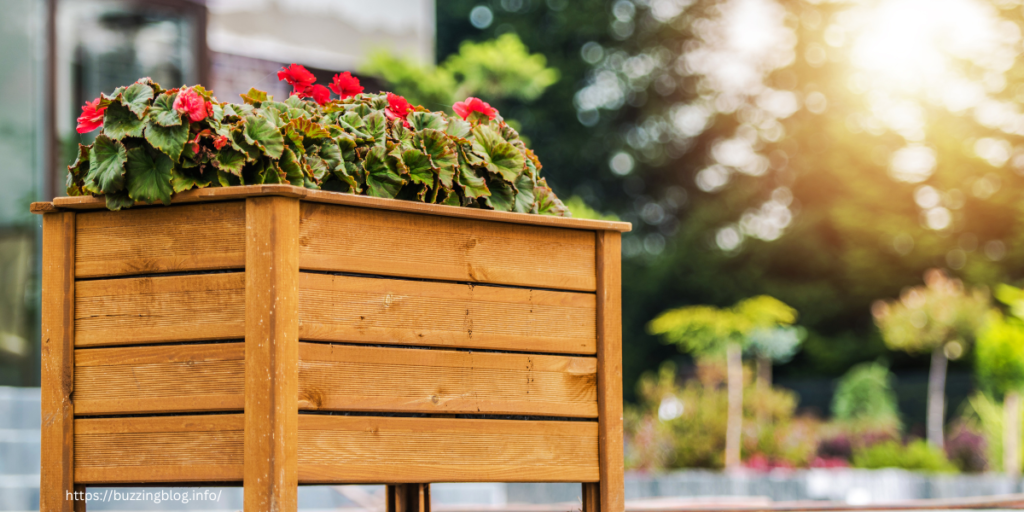
Wood is a popular choice for garden planter boxes due to its natural and rustic appearance. It blends seamlessly into outdoor environments and offers flexibility in terms of design. However, not all woods are created equal. Cedar and redwood are two of the best options because they are naturally resistant to moisture, decay, and insects.
- Cedar and Redwood: These woods are known for their durability and resistance to rotting. Cedar, in particular, contains natural oils that deter insects, making it a long-lasting choice for outdoor planters.
- Pressure-Treated Pine: While less expensive than cedar or redwood, pressure-treated pine is chemically treated to resist moisture and decay. However, it’s essential to line the inside of the planter to avoid chemicals leaching into the soil, especially if you plan to grow edible plants.
Wooden planter boxes are ideal for both large outdoor gardens and small patios. They are versatile in design and can be customized with paint, stain, or natural finishes to match your outdoor décor.
Metal Planter Boxes
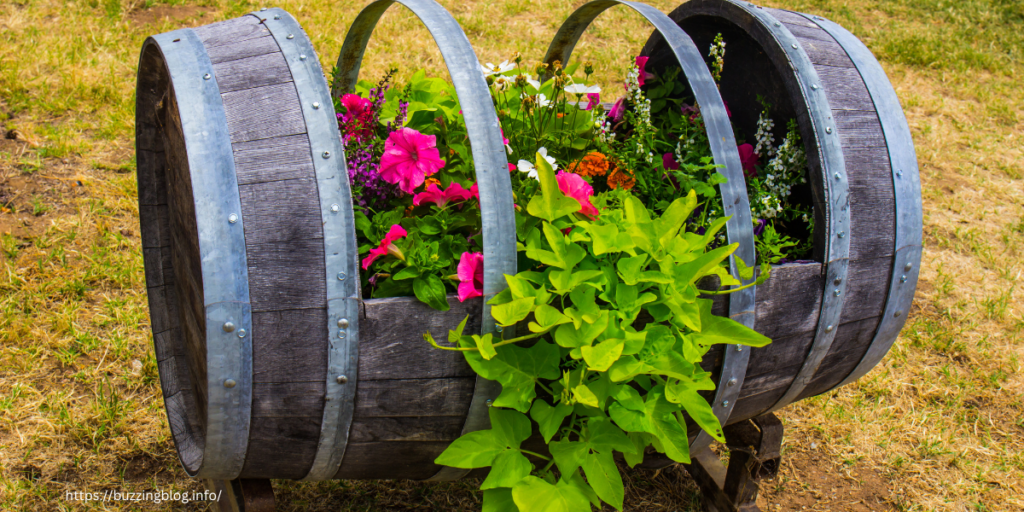
For a sleek and modern look, metal planter boxes are an excellent choice. Galvanized steel, aluminum, or corten steel are the most commonly used metals. These materials are weather-resistant and durable, making them suitable for outdoor spaces where they can withstand the elements.
- Galvanized Steel: Galvanized steel planter boxes are coated with zinc, preventing rust and corrosion. They are ideal for creating a contemporary garden design and are long-lasting even in harsh weather conditions.
- Corten Steel: Also known as weathering steel, corten steel forms a rust-like appearance over time without corroding. This gives your planter box an industrial, rustic charm while ensuring it remains strong and durable.
However, metal can become hot in direct sunlight, so they’re better suited for plants that can tolerate heat or for use in partially shaded areas. Adding insulation or lining the planter with wood or plastic can help mitigate this issue.
Plastic Planter Boxes
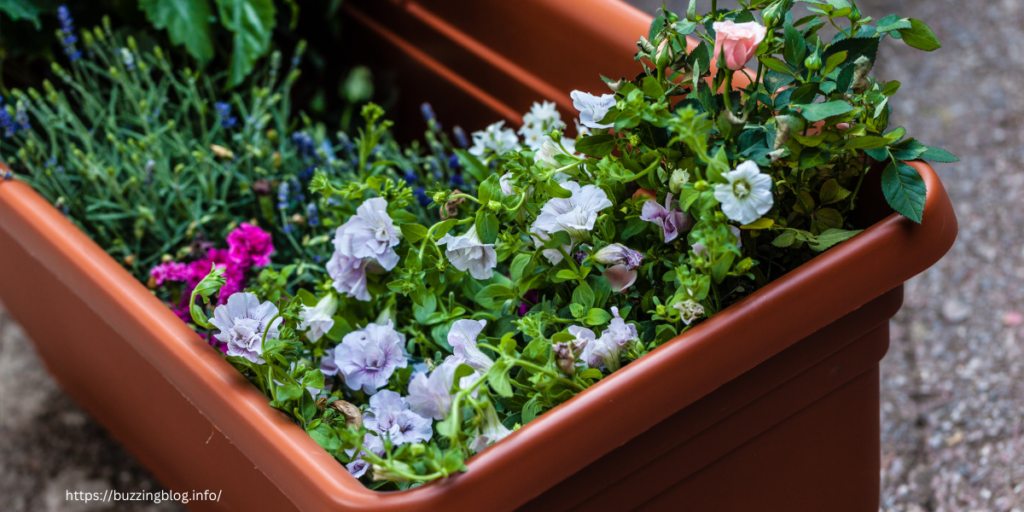
Plastic garden planter boxes are affordable, lightweight, and come in a variety of colors and styles. They are often made from durable, UV-resistant plastic, which prevents them from fading or cracking when exposed to sunlight.
- Durability: Although plastic is not as strong as metal or wood, modern plastic planters are durable and able to withstand outdoor conditions. Additionally, they’re lightweight and easy to move, which is beneficial if you frequently rearrange your garden layout.
- Affordability: Plastic planters are often the most cost-effective option, making them ideal for beginner gardeners or those with larger areas to fill.
Plastic planter boxes are best for small to medium-sized plants and are a great choice for indoor use due to their lightweight nature.
Concrete or Stone Planter Boxes
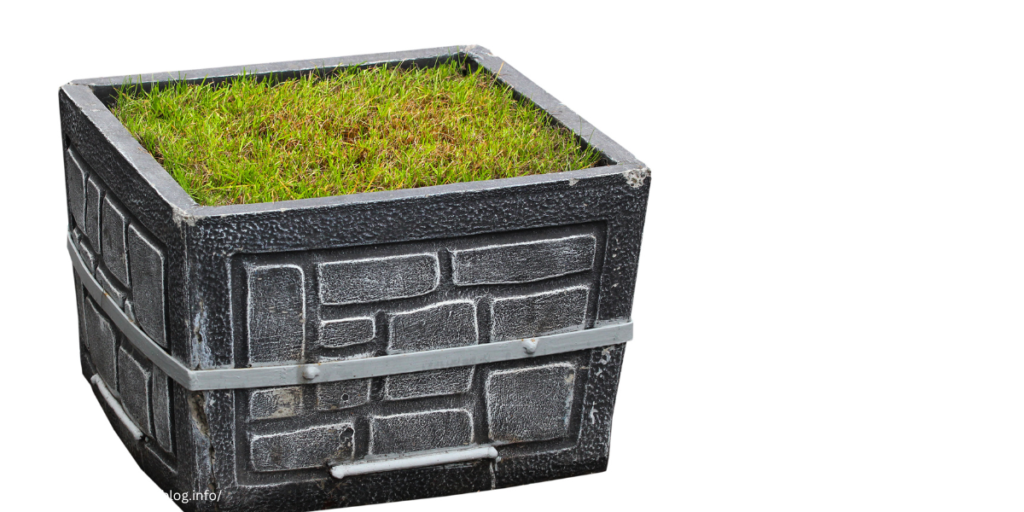
Concrete and stone garden planter boxes provide a bold, architectural aesthetic. These materials are incredibly durable and are best suited for larger plants, shrubs, or small trees due to their weight and stability.
- Durability: Concrete and stone are practically indestructible, making them the most durable choice for long-term outdoor installations. They can withstand extreme weather conditions and will last for decades with minimal maintenance.
- Insulation: These materials provide excellent insulation, helping to maintain stable soil temperatures, which is beneficial for plant roots during hot or cold seasons.
However, due to their weight, these planter boxes are not easily moved and are best used in permanent garden installations. They also require careful placement, as once they’re filled with soil, they can be difficult to relocate.
Planter Box Ideas for Small Spaces
One of the greatest advantages of garden planter boxes is their ability to fit into small spaces. You don’t need a large backyard to enjoy the benefits of gardening; even a small balcony or windowsill can be transformed into a vibrant garden with the right planter box.
Compact Planter Boxes for Urban Gardens
If you live in a city apartment with a small balcony, choose compact planter boxes that can fit on windowsills, hang on railings, or stack vertically. These boxes are ideal for growing herbs, flowers, and small vegetables without taking up too much room.
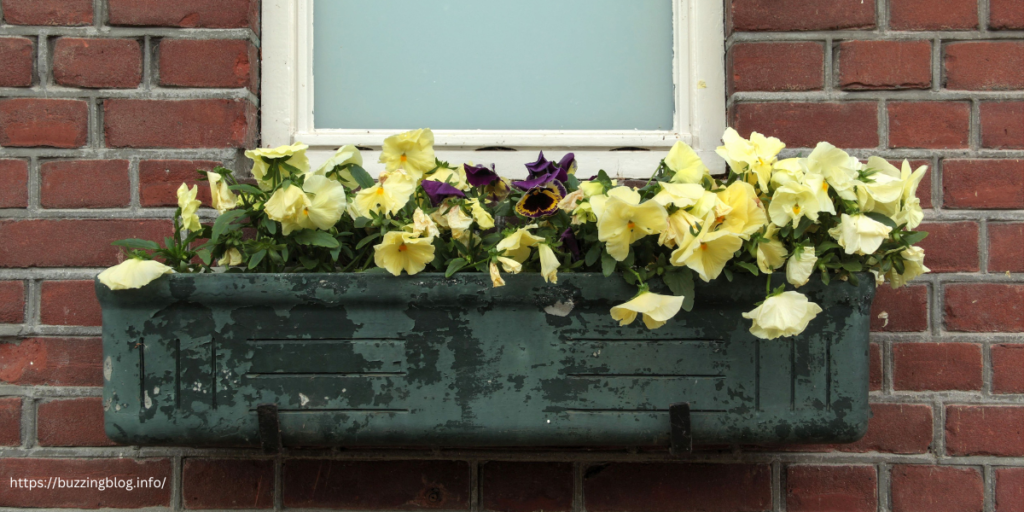
- Hanging Planter Boxes: These are ideal for saving floor space. You can mount them on walls or balcony railings, allowing you to grow plants vertically. Succulents, herbs, and trailing plants thrive in hanging boxes, creating a lush vertical garden.
- Tiered Planter Boxes: For maximizing small spaces, tiered garden planter boxes allow you to stack plants on multiple levels, using vertical space effectively. These are great for growing different types of plants in a confined area, and they add visual interest to small patios or balconies.
Planter Box for Vegetables
Growing vegetables in garden planter boxes is a fantastic way to control the growing environment and ensure a healthy harvest. Raised garden planter boxes are particularly advantageous for vegetables, offering improved drainage, better soil control, and protection from pests.
- Deep Planter Boxes: Vegetables with deep roots, such as carrots, potatoes, and tomatoes, need planter boxes that are at least 12 to 18 inches deep. These vegetables require more room for their roots to expand, and deeper planter boxes provide the space they need.
- Shallow Planter Boxes for Herbs and Greens: Herbs like basil, cilantro, and parsley, as well as leafy greens like lettuce and spinach, thrive in shallower boxes that are 6 to 8 inches deep. These plants don’t require as much root space, and their shallow roots make them perfect for smaller planter boxes.
For optimal growth, place your vegetable planter boxes in an area that gets at least 6 hours of direct sunlight per day. Use high-quality soil mixed with compost to ensure your vegetables receive the necessary nutrients to thrive.
DIY Garden Planter Box: Build Your Own
Building your own garden planter box is a rewarding project that allows you to tailor the design, size, and materials to your specific gardening needs. A DIY garden planter box is not only cost-effective but also gives you complete control over the final product. Follow these steps to create your own:
- Choose the Right Wood:
Untreated wood, such as cedar or redwood, is ideal for building garden planter boxes because it is naturally resistant to rot and insects. Avoid using chemically treated wood if you plan to grow edible plants, as chemicals can leach into the soil. - Assemble the Planter Box:
Measure and cut the wood to your desired size. Assemble the sides using screws and a drill. Attach the sides to the base, ensuring it’s secure and stable. - Add Drainage:
Drill several drainage holes in the bottom of the planter box to prevent waterlogging. Proper drainage is essential to ensure your plants’ roots don’t rot from sitting in water. - Lining the Box (Optional):
To extend the life of your wooden planter box, consider lining the inside with plastic or a garden liner. This will protect the wood from moisture while still allowing water to drain. - Fill with Soil and Plant:
Once your planter box is built, fill it with high-quality soil suited to the plants you’re growing. For vegetables, a mix of organic compost and soil is ideal. Plant your seeds or seedlings and water thoroughly.
DIY planter boxes allow you to get creative with design and size, tailoring them to your garden’s layout and your personal preferences.
Conclusion
Garden planter boxes are an incredibly versatile and practical way to enhance your gardening experience, whether you’re cultivating a few herbs on a windowsill or managing an expansive vegetable garden. From controlling soil quality to optimizing space, these boxes offer a solution for every gardener’s needs. Choosing the right materials, customizing designs, and implementing creative ideas like vertical gardening can transform any space into a flourishing garden.
Whether you’re an urban gardener working with limited space or someone looking to enhance an outdoor area with beautiful raised beds, garden planter boxes provide a flexible, stylish, and functional approach to growing plants. Explore the various styles, get creative with DIY projects, and enjoy the rewarding experience of nurturing your garden.
FAQs
1. How deep should a garden planter box be?
The depth of your garden planter box depends on the type of plants you’re growing. Vegetables with deep roots, like carrots and tomatoes, need boxes at least 12 to 18 inches deep. Herbs and shallow-rooted plants can thrive in boxes as shallow as 6 to 8 inches.
2. What should I put at the bottom of a garden planter box?
To ensure proper drainage, place a layer of gravel, small rocks, or broken pottery pieces at the bottom of the planter box. This allows excess water to escape and prevents root rot. Make sure the box also has drainage holes to facilitate water flow.
3. How often should I water plants in a garden planter box?
Watering frequency depends on the type of plant, soil, and climate. Generally, garden planter boxes require more frequent watering than in-ground gardens, as the soil tends to dry out faster. Check the moisture level regularly by feeling the top inch of soil—if it feels dry, it’s time to water.
4. Can I leave garden planter boxes outside in winter?
Yes, but it’s important to choose materials that can withstand cold weather, such as treated wood, metal, or durable plastic. In colder climates, consider insulating the planter box or moving it indoors to protect plants from freezing temperatures.
5. What are the best plants for garden planter boxes?
Garden planter boxes are ideal for a variety of plants, including vegetables, herbs, flowers, and small shrubs. Popular choices include tomatoes, basil, lavender, petunias, and dwarf shrubs like boxwoods or hydrangeas.












Post Comment